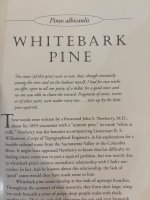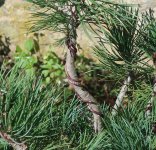I_I_am_not_a_cat
Yamadori
I collected this Limber Pine in mid November of 2023 and have been pleasantly surprised with how it has handled removal and being put into a box so far.
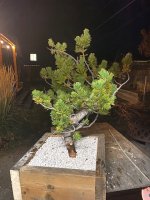
In June I decided to remove some branches in order to help control some reverse taper. I have a tendency to make rash decisions so I immediately felt remorse but 3 months later it still seems to be doing fine. The following pictures are from today and I am curious about the reverse taper and if I should remove the 2 lower branches or if what I already removed may prove to be enough. I am not ready to make any other decisions about design yet, but happy to get input on that as well.
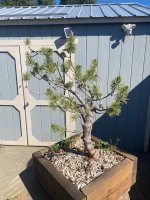
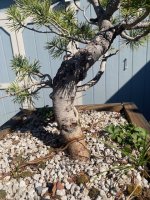
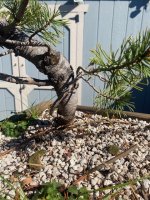
Collected in the Cascade Mountains, Central Oregon at about 5600 ft elevation.

In June I decided to remove some branches in order to help control some reverse taper. I have a tendency to make rash decisions so I immediately felt remorse but 3 months later it still seems to be doing fine. The following pictures are from today and I am curious about the reverse taper and if I should remove the 2 lower branches or if what I already removed may prove to be enough. I am not ready to make any other decisions about design yet, but happy to get input on that as well.



Collected in the Cascade Mountains, Central Oregon at about 5600 ft elevation.





